Curbside Classic: 1987 Pontiac Sunbird GT – The Collectible Exciting Deadly Sin

This is one of 1,540 Sunbird GT turbocharged four door sedans built in 1987. And given how few gen1 J-Cars are still on the streets, is it off the wall to guess that there might be…say… fourteen left in the world; if that many? Well, the fourteen 1970 Hemi Cuda convertibles ever built are fetching around a million bucks each. I know where this car lives, and my finder’s fee is very reasonable. But hurry; if the owner finds out what he inherited from his Aunt, he may become obstinate.
Ok, I admit I’m grasping for a proper take on this Sunbird. Here’s the deal: I’m not ready to take on the whole J-Car issue today, for a number of reasons. But go ahead, if you must, and let out all your built up love/hate for every one of the millions of J-Cars ever built around the globe in GM’s most ambitious world car program ever. I’m going to save that for one of my treasure trove of Cavaliers. But then this is Pontiac week at CC, and this rare bird appeared out nowhere, and…here we are. So how do we do it justice?
The Sunbird had an unfortunate start inasmuch as its mommy couldn’t decide on its name. Its glorious Monza-clone predecessor bore the Sunbird name. Maybe that’s why the new J-Body version appeared in 1982 as the J2000. And reappeared in 1983 as the 2000. And reappeared in 1984 as the 2000 Sunbird. The circle was squared in 1985, when just Sunbird appeared. And in 1995, a reskinned version appeared as the Sunfire. GM’s perpetual naming issues were on full display here. At least the Cavalier name stuck throughout the Chevy’s protracted lifespan.
The Sunbird had a standing appointment with GM’s rhinoplasty department, going through a seemingly endless parade of new beaks. Maybe it felt self conscious about the rest of its body, which was all Cavalier, all too obviously. If you can keep track of all the front end variations, you should be writing this. I just know that they all stuck out way to far in front, and looked completely divorced from the rest of the body. A Firebirdesque nose on a Cavalier does not make for a harmonious look.
The Sunbird was also rather conflicted about its engines. It started out with the Cavalier’s dull 88 hp 1.8 L pushrod four. In its second year, an optional 1.8 L SOHC engine, designed by Opel and built in Brazil, became optional. Or was it the other way around? Curiously, it had four fewer horses on tap than the OHV Chevy, despite presumably costing more. Or did it cost less? Unresolved Sunbird mysteries. Maybe GM was using Sunbird owners as a vast field test to see which engine was better. Go figure; the eighties were GM’s worst decade for many small as well as large reasons.
And the two engine families continued to be available for a few more years, before the rude little Chevy was shown the door. That happened about the same time that the 150 hp turbocharged SOHC 1.8 became available, which graces this GT. Now 150 horses was genuinely a big deal in 1984. Never mind that was more than any Cadillac mustered that year. It was more than my old T-Bird Turbo Coupe, and even the illustrious Saab 900 Turbo had all of 135 hp in 1984. The eighties were Pontiac’s Excitement decade, Take 2, and the Sunbird GT was trying to be a poor man’s Saab Turbo. Did it pull it off?
I can’t honestly tell, having never driven one, or having felt any desire to at the time. I can’t summon any old tests. [Update: one of our commentators, mazder3, has this summary of a PM test: Popular Mechanics did a six pocket rocket comparo in their August ’85 issue. The Sunbird turbo came in last behind, in ascending order; Civic S, Corrola GT-S, Golf GTI, Mirage Turbo, and the winner Dodge Omni GLH Turbo. PM absolutely slammed the Sunbird: although had the biggest tires, 205/60R14 (!!!), it still couldn’t stop or steer. The four speed shifter was stiff, engine balky, steering numb, brakes soft, and handling twitchy. It cost much more than its competitors but weighed too much, was cramped for its size, and was just no fun. To top every thing else their tested fuel economy was 17.8 mpg and best quarter 16.5 seconds.]
Undoubtedly, it was one of the faster affordable cars in its day. Torque steer? I strongly suspect so. Turbo lag? Standard equipment for the times. Handling? Maybe, sort of. Slick shifting? No. A tasteful interior? Don’t ask. Reliability issues? Undoubtedly, but I have been wrong before. With GM cars of the eighties though, it’s a very safe thing to say even if you’re pulling it out of your ass. Hey, this one is still on the road. Good luck trying to find another.
Maybe the Sunbird GT was a mammoth sleeper in its day, and it somehow got past me. I admit I didn’t spend a lot of time mulling the virtues of J Cars or reading breathless Motor Trend reviews of them. Like I said, I’m grasping here. I promise that the full brunt of my deeply etched memories of early Cavalier rentals will be employed when we do the little Chevy. But then there is the problem of the Oldsmobile Firenza and Buick Skyhawk. It least the Cimarron is out of the way. It might be a while before I can face another J-Car CC. Unless I can find a…

More by Paul Niedermeyer
Latest Car Reviews
Read moreLatest Product Reviews
Read moreRecent Comments
- Michael Gallagher Some math! The cost to produce US Shale derived oil is between $35 to $55/bbl. Middle East oil cost about $15/bbl. If OPEC wanted, they could produce more , driving oil prices below our costs and decimating our domestic industry. We have whispered in their ear that they should endeavor to keep the price above our cost, in exchange for political, economic and security favors. Case in point, during COVID when gas dropped below $2/gal , producers were losing money, Trump had to approach the Saudis requesting them to cut production to raise the oil price above our cost. If the global oil industry was truly competitive, our industry would be out of business very quickly due to our much higher cost of production. Those that long for those covid prices need to realize it would be at the expense of our domestic industry.
- Norman Stansfield I'm training to be a mechanic, and have been told this or a Harley would be a good start.
- SilverHawk I watch out of loyalty to the sport even though it's often not as entertaining these days. But then, you have a race like Miami that gives us a driver's first win and my enthusiasm is refreshed. Congrats to Lando.
- Oberkanone Nope. No interest.
- SilverCoupe Tim, you don't always watch F1 as you don't want to lose sleep? But these races are great for putting one to sleep!I kid (sort of). I DVR them, I watch them, I fast forward a lot. It was great to see Lando win one, I've been a fan of McLaren since their heyday in CanAm in the late '60's.



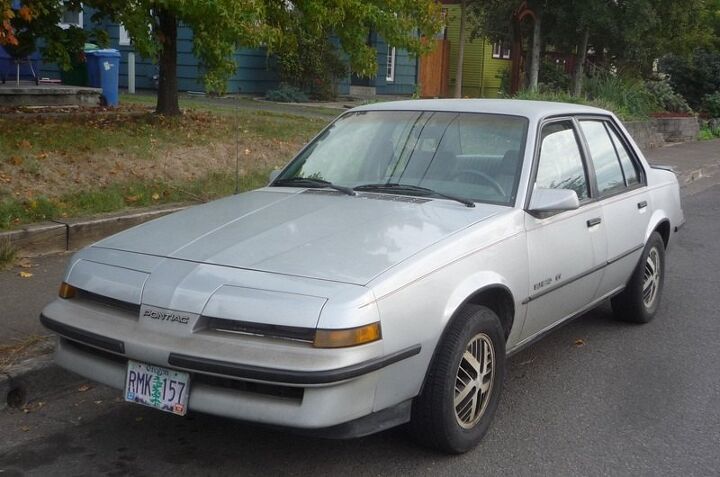


















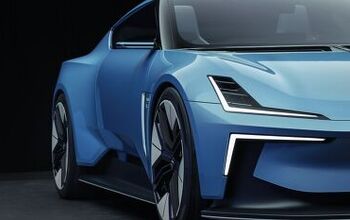


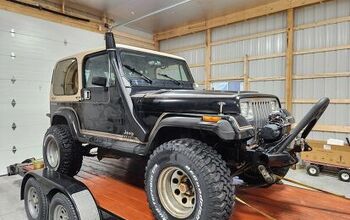
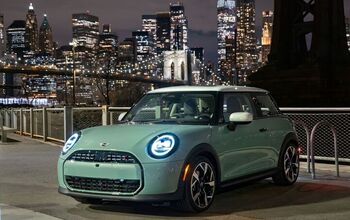
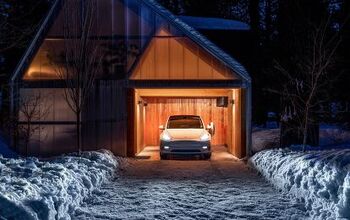
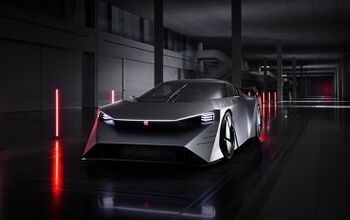
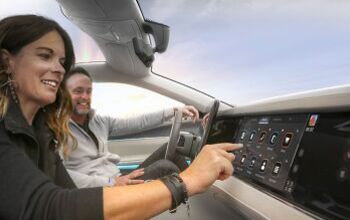
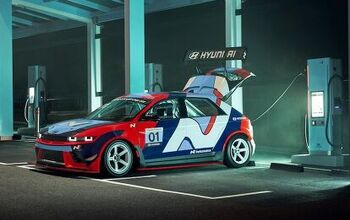

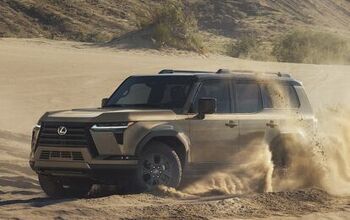
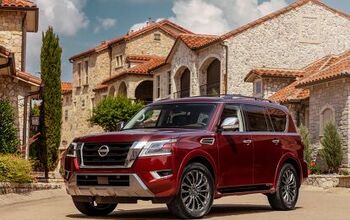
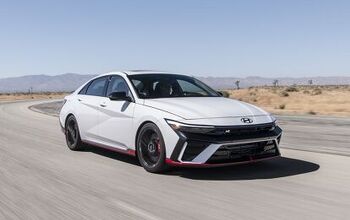
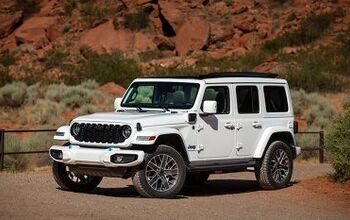
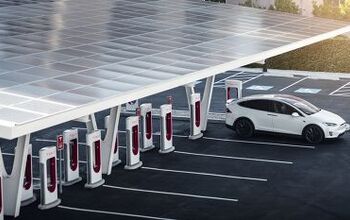
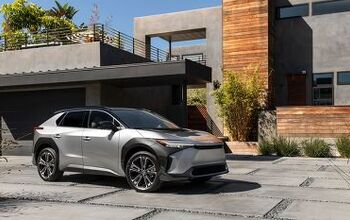
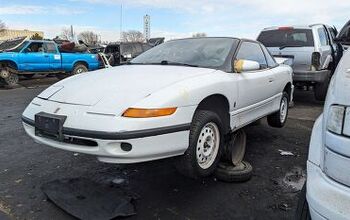
Comments
Join the conversation
Memories of this car include a Sunbird of this same year or at least with the same odd front end in white that was in the motor pool of a job I had in the nineties , along with a slightly newer Cavalier sedan and a 4-wheel drive Blazer with the 350 4-barrel I always took if possible . Main advantage of the Sunbird over the Cavalier was that the Sunbird had red window trim . Another memory is yet another white Sunbird sedan with the same hideous front end , that struck and totalled the wife 's Camry after its driver ran a red light and later unsuccessfully tried to sue us , saying my wife was driving too fast (undoubtedly the wife was speeding , she had quite the leadfoot , may she rest in peace .)
Man I love these things...